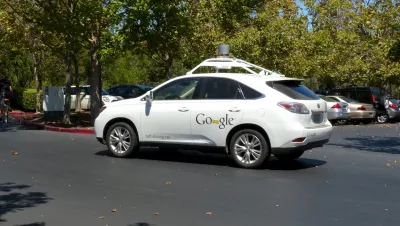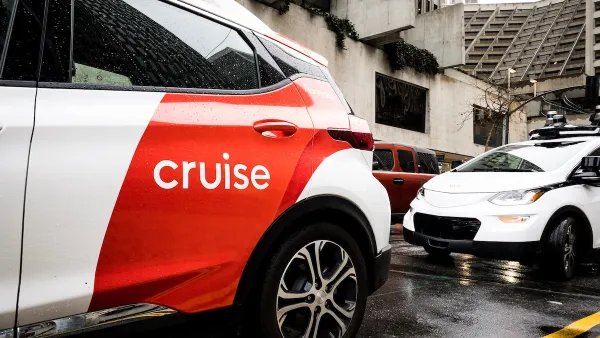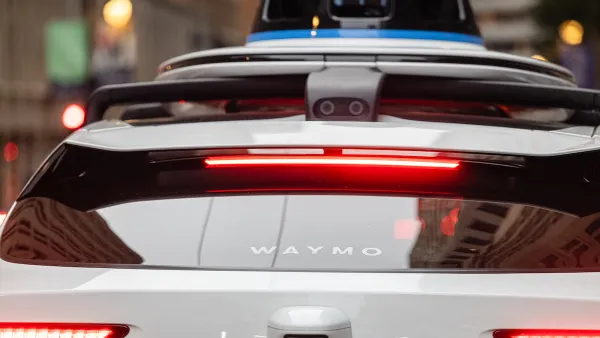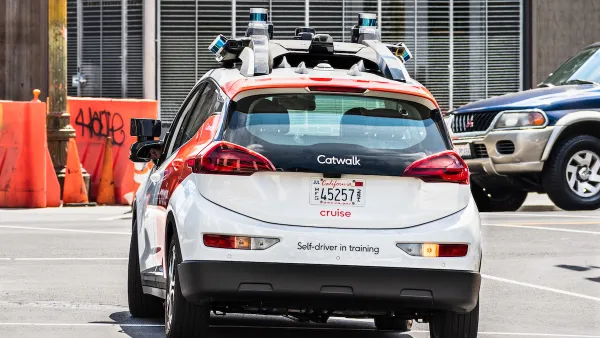A pair of articles sounds separate warnings about what a future of autonomous vehicles will mean for law enforcement and fuel consumption. The warnings are far from the utopian ideal that many desire for the technology.

Writing for Bloomberg, Alan Ohnsman reports that Toyota (one of the companies developing driverless technology), "said the appeal of autonomous cars carries the risk of adding to urban sprawl and pollution as they may encourage commuters to travel farther to work." That prediction came from Ken Laberteaux, senior principal scientist for Toyota’s North American team studying future transportation, in attendance at the Automated Vehicles Symposium earlier this month in San Francisco.
Writing for The Guardian, Mark Harris reports on the contents of an unclassified but restricted report obtained by the The Guardian under a public records request: "the FBI predicts that autonomous cars 'will have a high impact on transforming what both law enforcement and its adversaries can operationally do with a car.'"
"[The report] directly contradicts the message that many developers of self-driving vehicles are trying to communicate: that these cars – immune from road rage, tiredness and carelessness – can be even safer than human operators."
FULL STORY: Automated Cars May Boost Fuel Use, Toyota Scientist Says

National Parks Layoffs Will Cause Communities to Lose Billions
Thousands of essential park workers were laid off this week, just before the busy spring break season.

Retro-silient?: America’s First “Eco-burb,” The Woodlands Turns 50
A master-planned community north of Houston offers lessons on green infrastructure and resilient design, but falls short of its founder’s lofty affordability and walkability goals.

Delivering for America Plan Will Downgrade Mail Service in at Least 49.5 Percent of Zip Codes
Republican and Democrat lawmakers criticize the plan for its disproportionate negative impact on rural communities.

Test News Post 1
This is a summary

Test News Headline 46
Test for the image on the front page.

Balancing Bombs and Butterflies: How the National Guard Protects a Rare Species
The National Guard at Fort Indiantown Gap uses GIS technology and land management strategies to balance military training with conservation efforts, ensuring the survival of the rare eastern regal fritillary butterfly.
Urban Design for Planners 1: Software Tools
This six-course series explores essential urban design concepts using open source software and equips planners with the tools they need to participate fully in the urban design process.
Planning for Universal Design
Learn the tools for implementing Universal Design in planning regulations.
EMC Planning Group, Inc.
Planetizen
Planetizen
Mpact (formerly Rail~Volution)
Great Falls Development Authority, Inc.
HUDs Office of Policy Development and Research
NYU Wagner Graduate School of Public Service





























